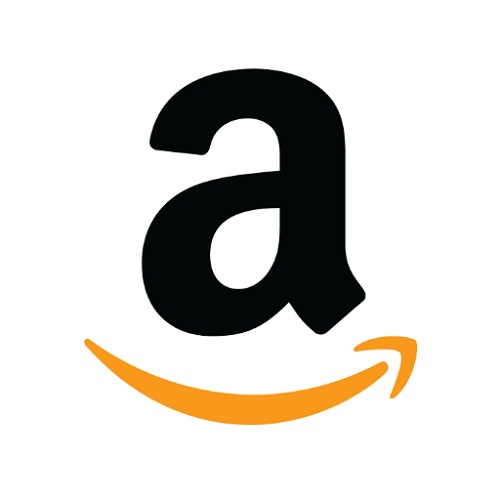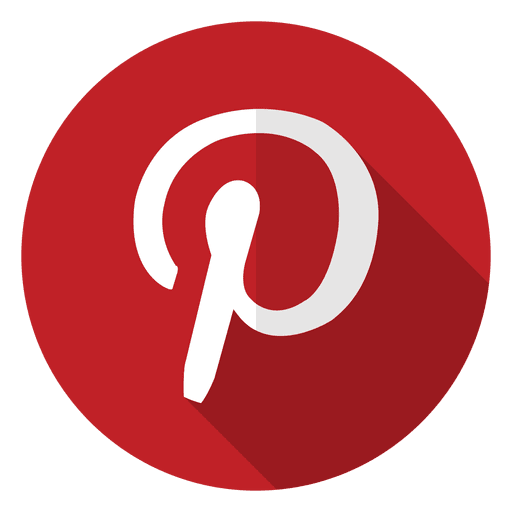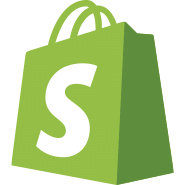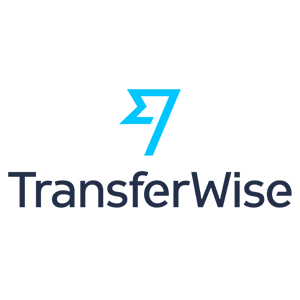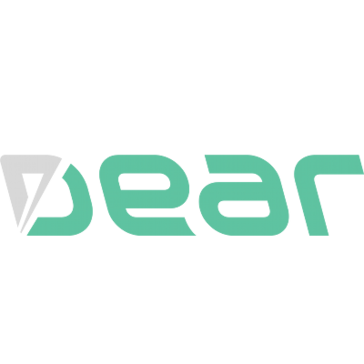I Grew A Drinkware Brand To $1.1M/Month At 23 Years Old
Hello! Who are you and what are you working on?
Hello, my name is Dylan Jacob and I am the founder of BruMate, AKA, The Dehydration Company. We are a unique insulated drinkware brand with a sole focus on the adult beverage community.
Our flagship products are the patented Hopsulator TRiO; which is a 3-in-1 insulated beer koozie that fits 16oz cans, comes with a freezable adapter for 12oz cans, works as a pint glass, and keeps your beer the same temperature from the time you open it until the time you finish it; Our Uncork’d Wine Glasses which are the largest triple-insulated wine glasses in the world and fit over half a bottle of wine; and our Winesulator which fits a full bottle of wine, maintains its temperature for over 24 hours, and allows you to bring wine into glass free zones without hauling around a cooler or ice.
Some upcoming releases include the NOS’R which is the world’s first indestructible insulated nosing glass for whiskey, our Hopsulator Slim which is the world’s first insulated beer koozie for 12 oz slim cans, and our Hopsulator Juggernaut for 24/25oz cans.
I launched our first product line in November 2016. We did $250,000 in sales from November-December 2016, 2.1M in sales in 2017, and we are now doing over 1.1M/mo in sales, in over 1000 retailers nationwide, and are on track to do 20M this year with roughly 35-45% bottom line depending on our ad-spend.
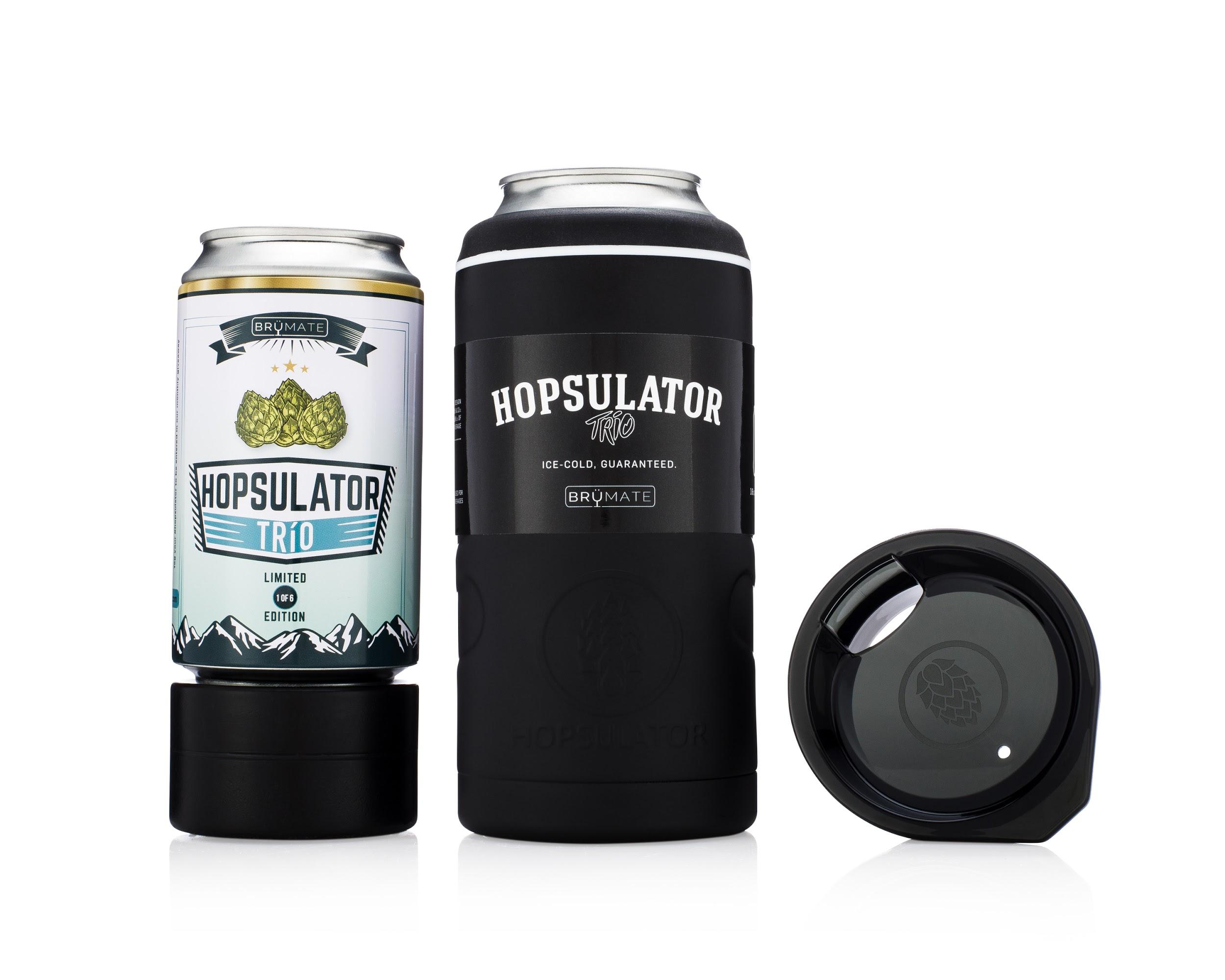
What's your backstory and how did you come up with the idea?
BruMate is my 3rd company but the first where I was actually doing any real product development or design. My first company I started in high-school was a part supply company for repair shops / tech centers (batteries, LCD screens, flex cables, etc).
I went on to sell that company to a franchise customer of ours in 2014 after I dropped out of engineering school and decided to pursue entrepreneurship full time.
I thought the idea of creating a product people actually needed and being able to walk around and see people using my creation was the absolute coolest concept.
After selling that company I wasn’t sure exactly what I wanted to do next. I bought a foreclosure on short-sale and spent around 9 months remodeling it. In the process of remodeling that house, I started my next company which was a high-end glass tile company that provided unique glass tile for residential and commercial remodels to contractors and homeowners via WayFair/Overstock/Houzz and our dealer network. I ran that company up until July of 2017 and sold it as well, it is still fully functioning and performing very well for the new owners.
While entrepreneurship is definitely my passion, product development and design was what I had always really wanted to focus on. I thought the idea of creating a product people actually needed and being able to walk around and see people using my creation was the absolute coolest concept. I had been searching for a unique idea I could begin developing and in January of 2016 I had found that.
BruMate was born after a series of warm 16oz beers led me into an hour long google search session looking for a koozie that worked with my can of choice. After coming up empty handed, I began working on a rough prototype for the Hopsulator TRiO (which was just called the Hopsulator at the time) and hit the ground running.
I had learned quite a bit about sourcing / development from my previous companies but the prototyping / molding aspects were brand new and were definitely a learning curve for me. I thought it would be fairly simple to have a product created but I learned quickly that good products take a lot of time before they will be ready to actually hit the shelves.
Describe the process of designing, prototyping, and manufacturing the product.
Before investing in molds I wanted to be sure that there was an actual market for this product.
The initial design process started with a rough drawing that I brought to a local engineer for modeling. After the 3D model was done, I sent those files to a 3D printing lab called Xometry in Maryland for creation and then used that to pitch to local breweries that used 16oz cans. After convincing one of the largest breweries in Indiana to carry the Hopsulator, I spent around $3,000 on creating 100 rough prototypes that we launched into their store for customer feedback.
After being in their store for around 45 days and running some targeted ads on Facebook to our audiences to begin gathering pre-orders / emails, I was confident there was a market for the product but I knew it still had a lot of room for improvement. It ended up taking 13 more prototypes and almost a full year to finally get the final product molded, produced, and into my hands.
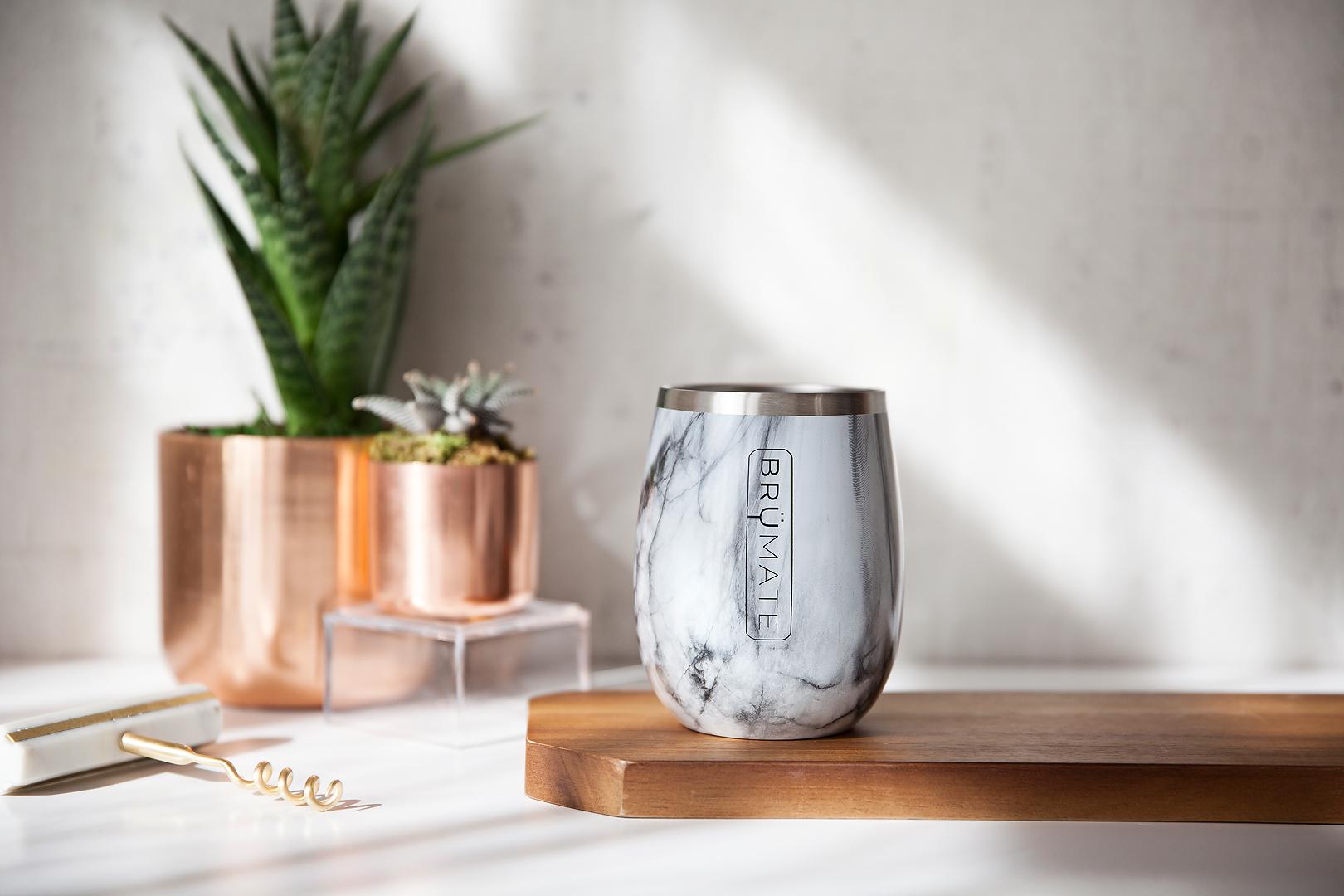
Although the Hopsulator sparked the original idea, it wasn’t actually the first product to officially launch.
I started working on the design for the Winesulator around 2 months after the Hopsulator but it had a lot less moving parts and was easier to bring to life in a short period of time. The design/launch process for the majority of these products was generally the same.
For the Winesulator, I ran targeted Facebook ads for pre-orders / email capture to our target audience starting in August of 2016 and had really good feedback on the idea so I just ran with it. The cost to mold/manufacture the Winesulator was about half of what the Hopsulator was going to cost so I considered it low risk and decided to pull the trigger on molding without actually releasing any prototypes. I relied on photoshopped imagery to gather sales leads while it was being produced and by the time the inventory arrived in November had a list of around 7000 people to launch to.
You always hear people say things like "just get out there and do it" or “launch an MVP and go from there” and while they sound like generic bits of information, they cannot be more right.
I learned a cool sourcing trick while starting my second company that made finding good manufacturers a breeze. Emphasis on good. For every product you want to have manufactured there are literally hundreds of factories that make the exact same product so spending the least amount of time possible on sourcing is extremely beneficial and will free up your time to focus on actually building your company.
When I was starting my second company I accidentally came across a blog that talked about how import records are public information and could be accessed on websites like portexaminer.com, so I took a few larger companies I knew in the industry, figured out who their manufacturers were through import records, and then paid them a visit in China to ultimately select the best candidate.
Switching manufacturers is one of the absolute worst scenarios there is for a company, especially when special tooling and molding is involved. If you start off with a small facility that can’t grow with you, it may be fine in the beginning, but when you start to become too large for them and they can’t keep up their quality control/production times it can easily cripple your company overnight. By using this method, I knew I was using a manufacturer that was quality and could also grow with us which are two major things you need to consider when searching for a manufacturing partner.
After finding our current manufacturer, we also made sure that we found backup facilities and had copies of our tooling/molds created so we could easily transition to a new facility if necessary. Also, once you find a manufacturer that specializes in your industry, development is much easier. They will typically have in-house engineers that can bring your ideas to life much faster since they know the manufacturing procedures/limitations for your specific product.
Once the final product was developed I wanted to begin working on getting a patent for the Hopsulator before it hit the market. I spent around $15,000 on obtaining a utility patent & design patent through a local lawyer and since I was considered a micro-entity I was able to pay an expedite fee to get them passed through within 12 months for both applications rather than waiting 4+ years for a decision from the examiner.
Describe the process of launching the online store and business.
When I first started BruMate I literally had it all wrong.
I had the demographic wrong, the age-range wrong, our target genders and focuses wrong... literally everything wrong. You always hear people say things like "just get out there and do it" or “launch an MVP and go from there” and while they sound like generic bits of information, they cannot be more right.
In the beginning, it is all about making sure you are creating something people actually want, everything else can come later.
Without actually releasing our product to the public and testing out different audiences, we could have built up an entire company around the wrong audience and come launch day we would have been screwed. I seriously believe that the only thing that differentiates an entrepreneur that fails catastrophically and a successful entrepreneur is the ability to pivot.
Usually, catastrophic failure is a result of a bunch of little mistakes along the way that snowball into something much larger. You need to be self-aware and capable of picking yourself apart and realizing when you are in the wrong. If you spend all of your time thinking you’re right all the time you will fail miserably. If you can recognize when something isn’t working and take the time to figure out how to make it work properly, you will go far in this world.

Anyways, when I was first launching the company I was bootstrapping everything. I was running my 2nd business at the time and had a lot of money wrapped up in inventory and overhead costs so I ended up taking out a home-equity line on my house to finance a lot of the original molding fees / costs associated with the company.
I designed the website myself in Shopify, I ran my own Facebook ads and learned through trial/error and watching YouTube videos. I handled customer service, I handled the design, It was a one-man-show until July of 2017.
In the beginning, it is all about making sure you are creating something people actually want, everything else can come later.
Since launch, what has worked to attract and retain customers?
Prior to our first launch, I had a ton of free-time while everything was being designed/produced so I spent a ton of time trying different marketing tactics to raise awareness before our product released.
I tried doing a Kickstarter campaign (which failed miserably), I did giveaways, I paid bloggers and micro-influencers, I did a little bit of everything until I figured out what worked best and then I ran with it.
There were a few avenues that I found that worked really well (mainly bloggers and Facebook ads) so those are the two that I focused on. In the beginning, I would spend $20-30/day on different audiences using the same images/copy and narrow that list down based on performance. Once I found a few audiences that worked I would run ads directing people to our landing page to sign-up and be notified when our product launched the day after Black Friday, touting it as the perfect holiday gift. This was how we built our initial traction and ended up doing $250,000 in sales from November 24th-December 14th 2016.
From there, we have continued to build out our audiences using customer data and now have a team of 7 that work daily on Facebook, Instagram, Google AdWords, Bing, SnapChat, and Pinterest ads.
Out of all the channels we use, Facebook and Instagram definitely work the best at driving cold-traffic and ultimately conversions to our store. If you have a lifestyle brand/product, it is extremely easy to dial in your audiences and start off profitable from day 1.
We see a 3-4x ROAS (Return On Ad Spend) for all of our ads. There are literally no other channels that provide immediate results like that.
Once we drive customers to our site, we focus on the following:
1. Securing their email.
We use Spin-a-Sale for this (you spin a wheel for a discount code in exchange for subscribing to our email list). This has been the best email-collecting tool we have found because the customer truly feels like they won a prize rather than just a coupon code.
Even if a customer doesn’t convert right away, if we have their email we have a 19% chance of converting them into a future customer whether that is through future promotions, new releases, or simply just sending an email at the right time for a purchase to finally make sense for them. We also have a return customer rate of over 14%, so one out of every 6 people we convert will end up buying from us again with an average order value of over $60.00.
2. Signing them up as an ambassador.
Our ambassador program just launched around 5 weeks ago but has over 2,000 members as part of the private group and has been huge for us. They answer questions on our ads, provide social proof on our ads, give product feedback and in exchange for every referral they drive we give them $20. Our AOV is over $70 so we still make money on the referral, and 1 out of every 6 buyers will order again without any prompting which boosts our numbers even more.
3. Conversions
This is one thing that we have been focusing on quite a bit recently. Our conversion rate averages around 4% which is fairly high, especially considering how awful our website is. We have been working on a brand-new site that we have been A/B testing for months and finally releases here in a few weeks.
There are a lot of different ways to test but the main way people will do that is to drive a certain portion of their traffic to the new website using another domain (you have to have Shopify Plus for this). Once you have a decent amount of data, you can track conversion rates across the different sites while using apps like HotJar to see where customers are clicking/spending the most time on our website. This enables you to make sure it is fully optimized to make checkout as simple as possible. Last month, only 4% of our customers converted out of 429,531 visitors with an average order value of $65. For every 0.1% we raise our conversion rate, we drive an extra $28,000/mo in revenue. Small things like this can make a HUGE difference.
4. Retargeting.
On average, only 4% of our daily customers are converting. Our job is to bring them back to the website and get them to eventually purchase our products. For this, we use Dynamic (DPA) ads to retarget people on Facebook/Instagram, Google Adwords to retarget people through banner ads/search engine ads, or apps like ReCart to help convert abandoned carts and eventually drive a sale. Customers in this funnel are always much cheaper to convert than cold traffic conversions.
We also have a huge focus on our email list - we currently have around 250,000 subscribers and they make up roughly 20% of our monthly revenue stream. I am sure you have heard it over and over again, but email marketing is SO important.
These are typically recurring customers that are crazy enough about your brand to not hit unsubscribe every single time you send out an email. The most important thing is to provide value and make sure you aren’t just taking from them. Provide blog posts, tips, things to help them out (this should make up about 70% of your emails) and then the other 30% you can use to sell. You’d probably be surprised to know that even a simple blog post sent out to your readers will still result in a boost in sales of around 20% for the day while providing them value and still retaining your customer base.
Lastly, Amazon is money left on the table.
We do roughly $40,000+ on Amazon every month with $0 spent on advertising. These are mainly customers that have visited our website and weren’t comfortable enough to purchase from us (or needed it within 2 days / wanted free shipping) and left our website to go to Amazon. I encourage this as our margins are roughly the same on Amazon once you factor in the cost to convert a customer on our website, pack their order, and ship it.
They also deal with customer service/shipping so that is less work for our team to handle and the majority of first-time customers that purchase on Amazon end up subscribing to our email lists and converting on the website anyways (according to surveys we have done with our customer base). I just consider it to be another part of our funnel.
How are you doing today and what does the future look like?
Our gross margins, before ad-spend, are 59% on average.
This is after the cost of goods, shipping, and fulfillment costs have been deducted. The true variable in our bottom line is our ad-spend which can vary month to month based on how competitive the audiences we are targeting are for that specific time period.
For instance, in June, we did $1.1M in sales with a 4x return on ad-spend investment (ROAS) and a bottom line of 33%. In May, because of Father’s Day and Facebook changing their algorithm due to GDPR, we had a 3.1x ROAS and only a 26% bottom line. Around Christmas time, our ROAS can be as high as 6x because our conversion rate goes way up. That is the main variable. Our average bottom line is around 30%.
On average we are seeing around 400-500,000 visitors per month to the website, with a conversion rate of around 4%, and a return customer rate of 15%. Our Facebook is our most powerful asset with over 270k followers and thousands of comments on every single product related post we make.
Right now we are doing around 1.1M/mo in online sales (this includes the majority of our small retailers through our online wholesale portal that is attached to the website) and around $100,000/mo through secondary channels such as our larger retailers like Cabela’s and Amazon Retail.
You are always going to have problems. There are good problems and there are bad problems. Good problems to have would be inventory / cash flow and bad problems to have would be lack of sales or demand.
I currently manage a team of 2 full-time employees that handle our customer service and then everyone else is hired on as a freelancer or agency. I use a 3PL service called ShipMonk for all of our order fulfillment (4th fulfillment center we have used and they are FANTASTIC). I have a team of 7 that handle all of our digital advertising strategies and then a team of 2 that handles our actual social media strategy / photography. Our entire team works remotely from all over the world - I am a firm believer that offices are a thing of the past.
Plans for the future - we have over 6 new products in the works and just signed up a rep-group in all 48 states to start getting our products in front of more retailers. Right now, retail only makes up around 10% of our revenue and I would like to scale that to 1M+/mo by the end of the year in hopes of building a 50M+ company by the end of next year.
Through starting the business, have you learned anything particularly helpful or advantageous?
I think one of the hardest things that I did was hold out on outside investment.
I was hellbent since day one on keeping 100% control of the company and refused to take any investment. In hindsight, this drastically slowed down the growth of the company.
We were constantly out of stock in 2017, including three weeks of prime selling time in December for the holiday season and we definitely took a hit because of that. However, looking back now, I am happy with my decision to self-finance and not bring anybody else to the table.
You are always going to have problems. There are good problems and there are bad problems. Good problems to have would be inventory / cash flow and bad problems to have would be lack of sales or demand.
Inventory / cash flow issues are a clear indicator that you are on to something and can be easily fixed (for the most part). Lack of sales / demand is a whole different ball game that can be exhausting to try and solve.
There is (generally) a market for almost anything, tapping into that market is the tricky part. Our biggest issue as a company was cash flow and inventory issues which ultimately resulted in us constantly air-shipping inventory in to keep things in-stock which drives down our bottom-line.
For instance, right after Christmas this year we were still out of stock and in desperate need of inventory but because of Chinese New Year we were looking at nearly 6 weeks to get our inventory in by sea. I ended up paying ~ $70,000 to air ship a 40’ container (around $1,000,000 in inventory) to our facility. That hurt. What hurt worse was to think about losing 6 weeks of sales while our inventory was floating out somewhere at sea, so I took the 7% hit, flew it all in, and it arrived 4 days later to the local airport.
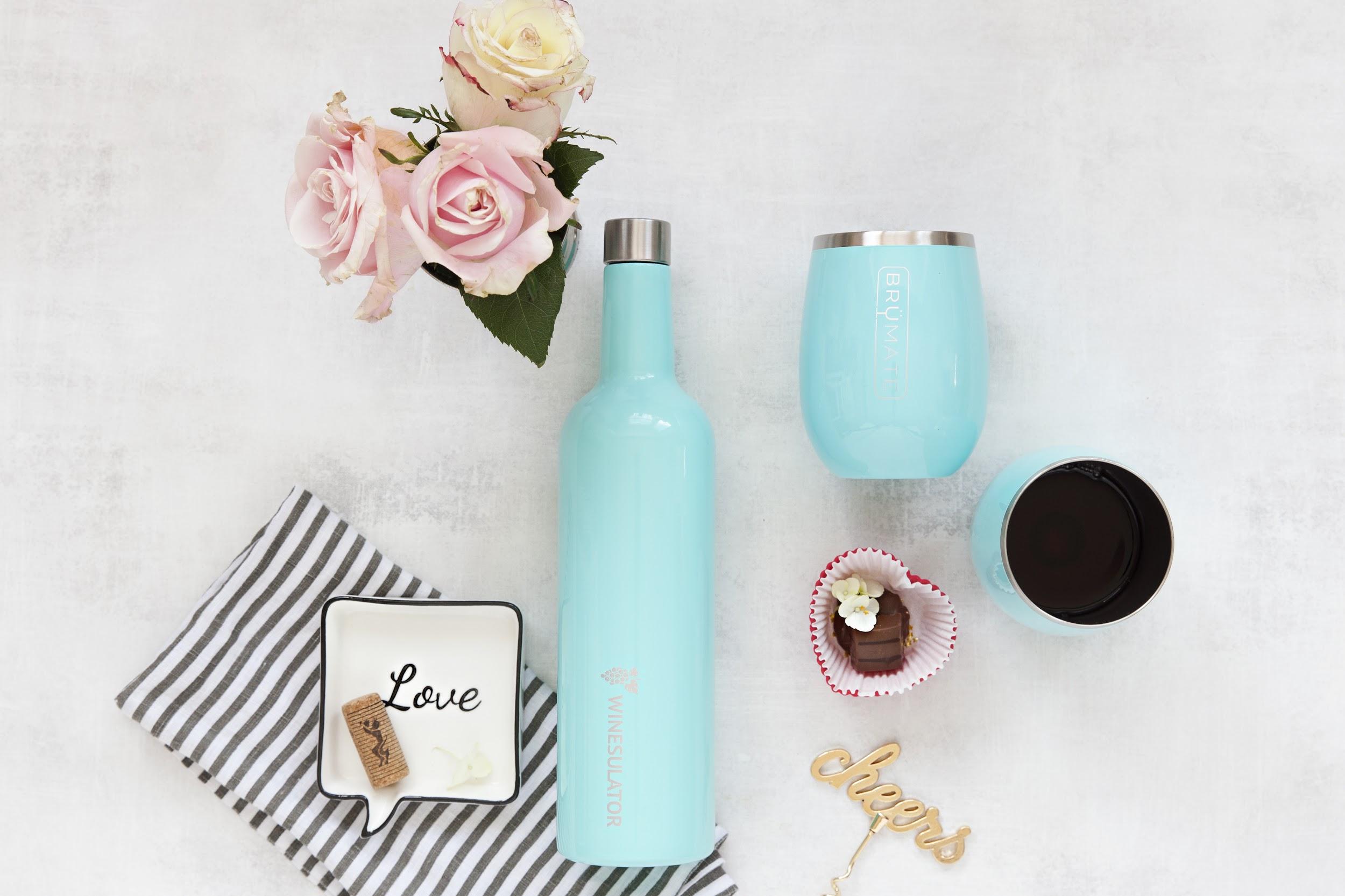
Every single day as an entrepreneur is a challenge. If this is your first venture, go into it with the expectation that Murphy’s Law will be working in full force against you. It is stressful and lonely - you’ll find yourself questioning why you decided to take this path out of all the things you could have done and then one day you’ll start making progress, look back, and you will realize that it was all 100% worth it.
There are a lot of things I did wrong and a lot of things I did right but the one thing that I think most people can agree with is that even the wrong turns and mistakes you make as an entrepreneur not only shape you as a person but ultimately help shape your company as well.
Have you ever watched a show about time travel and one small change completely alters the landscape of the future? That is how I look at the past. Everything happened for a reason and played a part in where I am today. All that matters is that I am happy with where I am as a person and where the company is as a whole.
What platform/tools do you use for your business?
Sales Platform: Shopify
Email Marketing: Klaviyo
Email Capture: Spin-a-Sale
Ambassador Program: Smile.io
Sales Tax: Avalara
Backorders: Back in Stock Alerts
DPA/Retargeting Ads: Flexify (for our product feed)
Fulfillment: ShipMonk
Customer Service: Slack channels for internal communication and ZenDesk for customer communication
What have been the most influential books, podcasts, or other resources?
I don’t listen to many podcasts but one of my new favorites is The Anti Startup Startup Podcast with Taylor Offer.
Taylor is the founder of FEAT (also interviewed on Starter Story) and talks about what it’s really like to be an entrepreneur without all the fluff of your traditional podcasts.
Other than that, if I am not doing something work related, I don’t actually enjoy reading for the most part. I know this isn’t the traditional answer but I think that time spent reading / listening to other people’s success stories could better be spent going out and actually trying things yourself.
Advice for other entrepreneurs who want to get started or are just starting out?
Realize that the finished product you see today is not where the original vision started for any company.
The most important skill is the skill to adapt and pivot - to realize when your idea sucks or when it just needs a little tweaking. The idea you start with is not going to be the idea you end with so it really just comes down to how hard you’re going to make it on yourself while you go through the changes.
No amount of reading, listening to podcasts, or e-courses will teach you what true experience can. Have a friend that is running a semi-successful company? Ask if you can intern for a few months just to get a glimpse of what it is really like.
Start your own practice business just for experience - find a product you want to sell, source it, find your target market, figure out unique ways to market to that audience. Even if you don’t make money, the value of the knowledge you’ll gain is invaluable. Each business I started was a stepping stone that ultimately gave me the tools I needed to scale BruMate into what it is today.
If I would have tried to jump straight into this 6 years ago, I would have had zero idea where to start and I can almost guarantee I would have failed.
Are you looking to hire for certain positions right now?
We are not currently hiring out any full-time positions but we are looking for good videographers to put out weekly, unique content for video ads.
Where can we go to learn more?
Website: www.brumate.com
Facebook: Brümate
Instagram: @bru.mate
Personal Instagram: @dylan.jacob

With BigCommerce, you have incredible tools at your fingertips to create the ultimate growth engine for your business.
Combine sleek storefront designs with powerful marketing tools and unrivaled 24x7 phone support, our platform has everything you need for success and flexibility in the competitive online marketplace.
Stop settling for low conversion rates and get started with BigCommerce today.
Start Your Free 15-Day Trial of BigCommerce Now

Download the report and join our email newsletter packed with business ideas and money-making opportunities, backed by real-life case studies.

Download the report and join our email newsletter packed with business ideas and money-making opportunities, backed by real-life case studies.

Download the report and join our email newsletter packed with business ideas and money-making opportunities, backed by real-life case studies.

Download the report and join our email newsletter packed with business ideas and money-making opportunities, backed by real-life case studies.

Download the report and join our email newsletter packed with business ideas and money-making opportunities, backed by real-life case studies.

Download the report and join our email newsletter packed with business ideas and money-making opportunities, backed by real-life case studies.

Download the report and join our email newsletter packed with business ideas and money-making opportunities, backed by real-life case studies.

